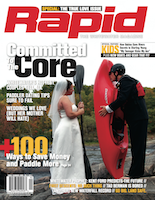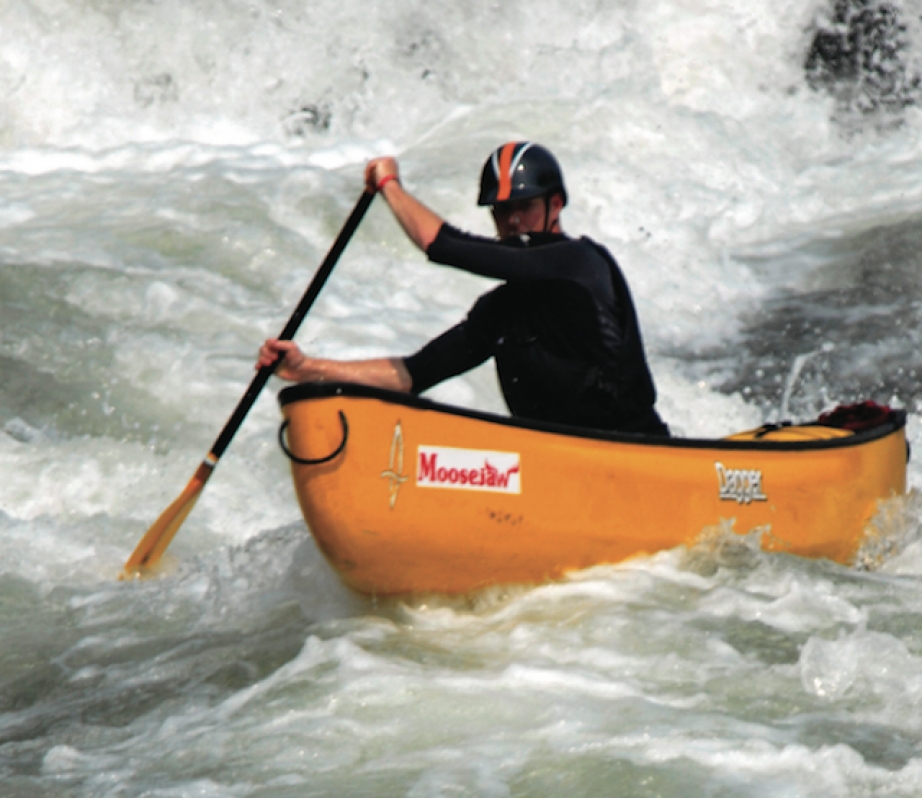Imagine you’re accepting accolades for a perfect run of Coliseum on the Ottawa River when a boil in the outwash flips you and all your credibility. if you’ve spent most of your paddling days on smaller rivers, the seemingly random power of big-water boils and their seam lines are likely to catch you off guard. Whether you’re in a solo playboat or paddling a loaded tandem on a northern river trip, these features demand your attention. With the right strategies, even the strongest boils can be made a fun part of whitewater paddling.
Named for the appearance of the water, like a lobster pot on the stove, boils are most common where there are powerful flows and water depths of at least three metres. A boil on large volume rivers like the Ottawa or Nahanni might be the shape and size of a pitcher’s mound. To understand boils and seam lines we need to first consider the movement of water in the vertical dimension.
Boils are caused by a current that flows upward, erupting on the surface. It could be a current that was deflected by an obstruction on the riverbed, in which case a boil will be pretty consistent and stationary. Or it might be a fast-moving current that collides with a slower one and is forced upward, creating an inconsistent boil that surges and dissipates, or reappears up- or downstream.
Seam lines form at the edge of a boil’s mound. Where there is water coming up, there’s water moving down to fill the void. seam lines are like vertical eddylines formed where diverging vertical currents meet.
Boils can be distinguished from whirlpools—another big water feature—by how and where they form. Whirlpools typically appear near the top of deep, strong eddylines and move downstream where they dissipate.
Boils and seam lines usually form further downstream where the eddyline is less distinct
Knowing where and how these features form helps you to avoid them. Avoidance is your first and best strategy. Plan your moves ahead so you don’t have to turn too aggressively and kill your speed in an unstable situation. If you are going to hit a boil, you’ll have to paddle uphill to get over the mound. Approaching with speed and continuing to paddle maintains your momentum across the boil and makes it easier to steer when you reach the seam line.
Cross seam lines at 90 degrees whenever possible and move away from them quickly. These are often the trickiest part of the boil since the water is pulling down on one side of your boat and pushing up on the other. The same loose hips you use to stay balanced atop the surging mound will allow you to make the quick adjustments needed to counteract the seam line’s opposing forces.
In the event of a capsize, boils, seam lines and whirlpools can make it difficult to roll. If you do swim, hang onto your boat—the downward currents in strong features can outweigh the buoyancy of your PFD, taking you momentarily below before firing you back up to the surface.

This article first appeared in the Early Summer 2009 issue of Rapid Magazine.




